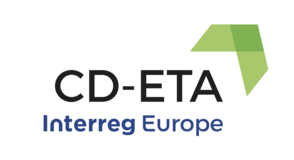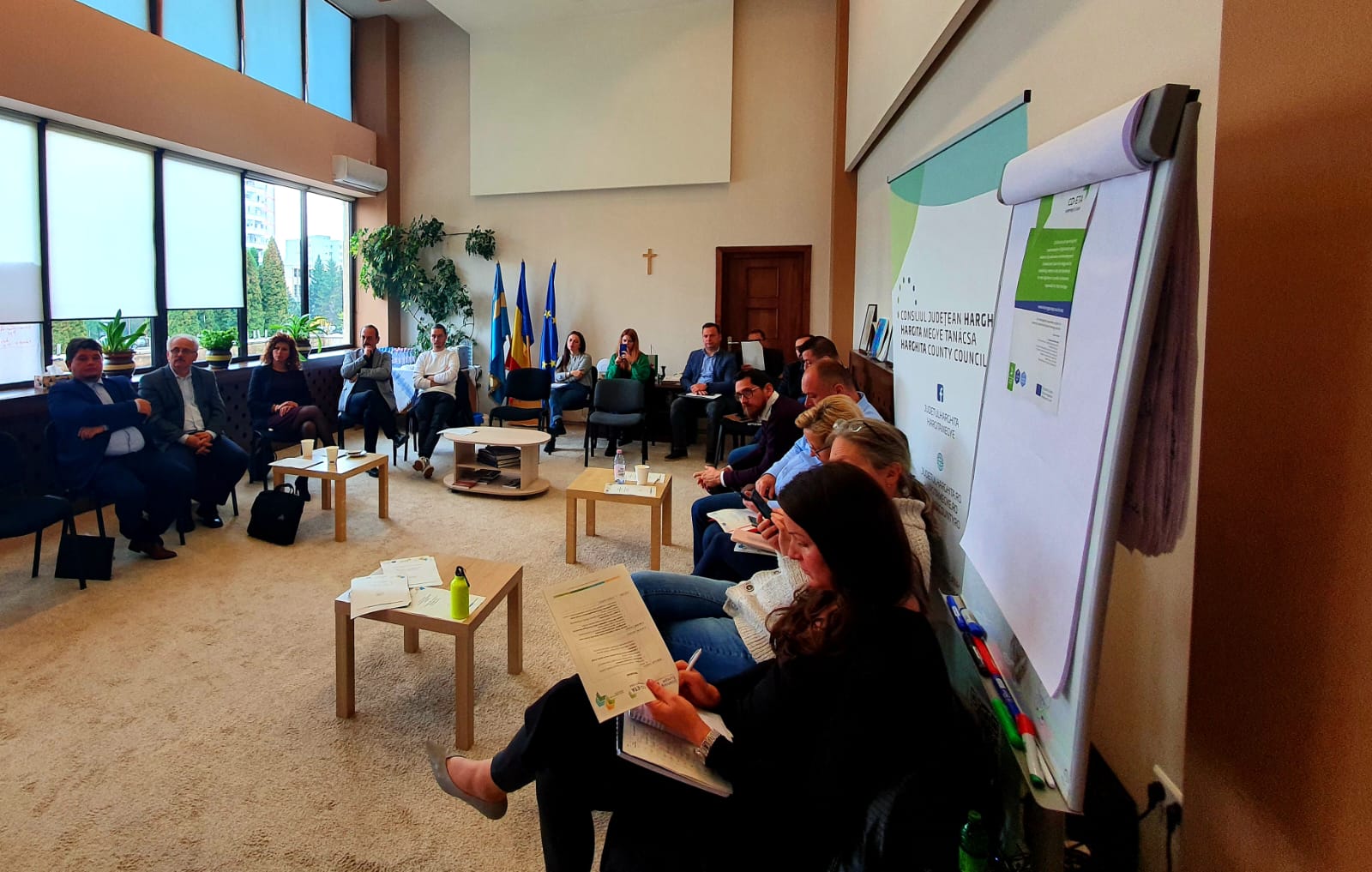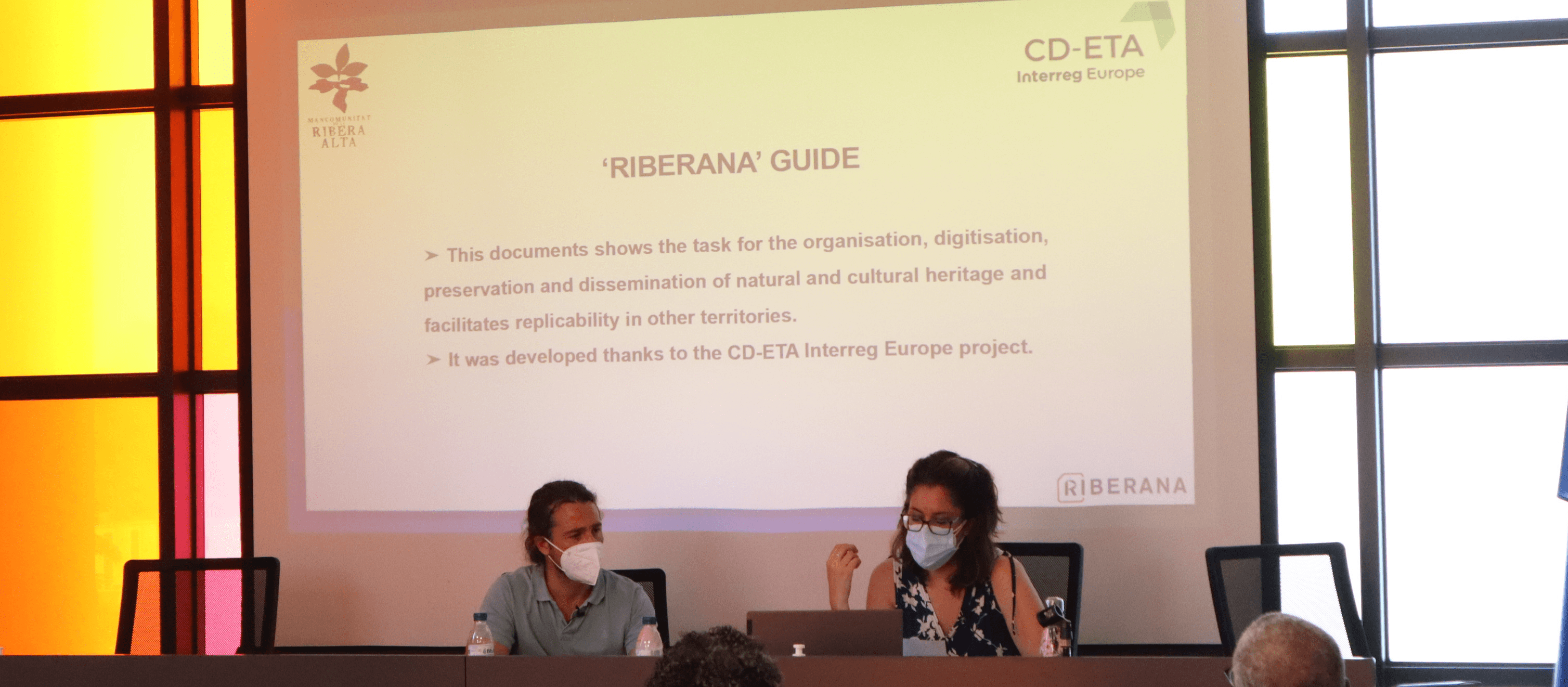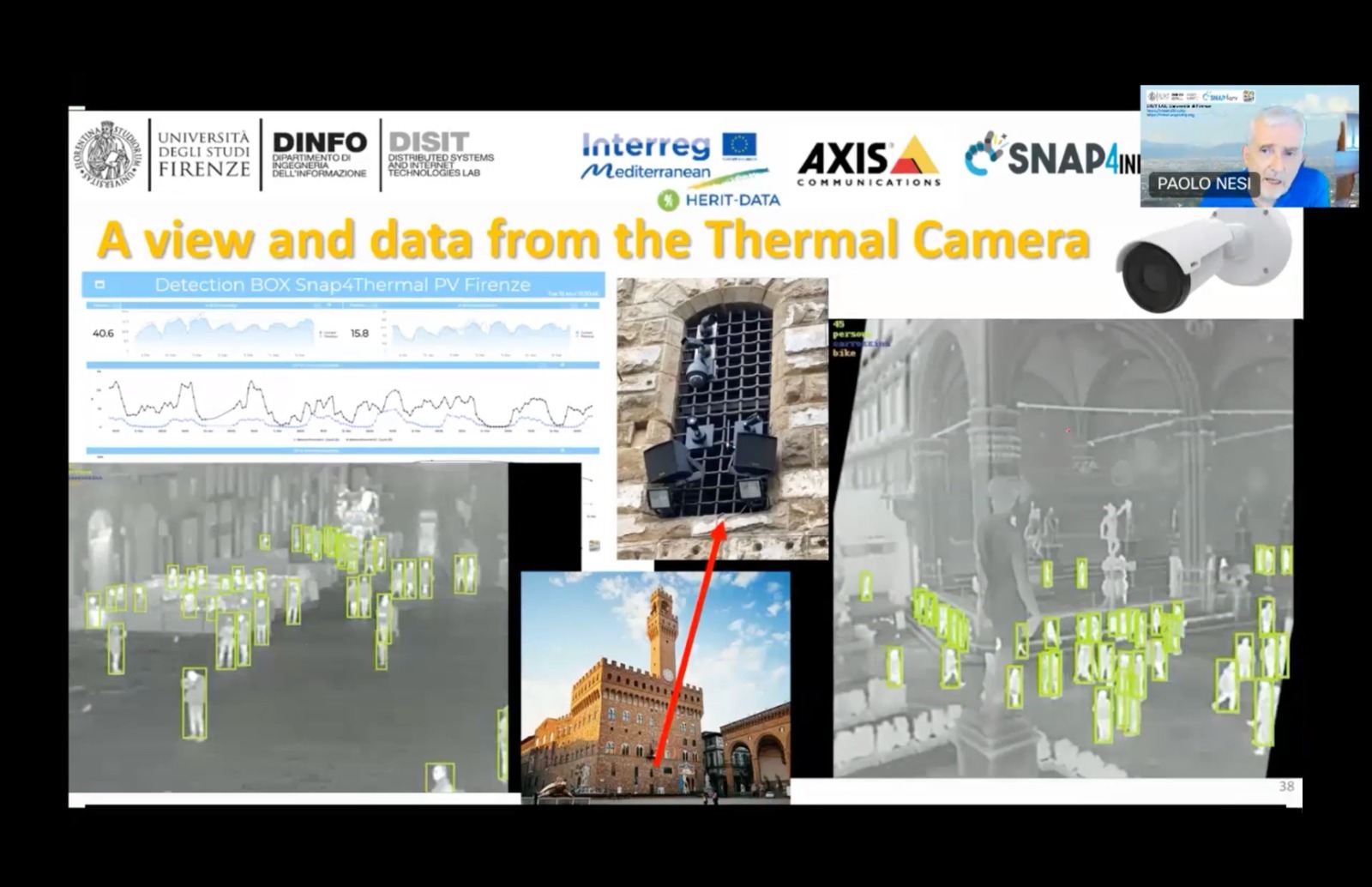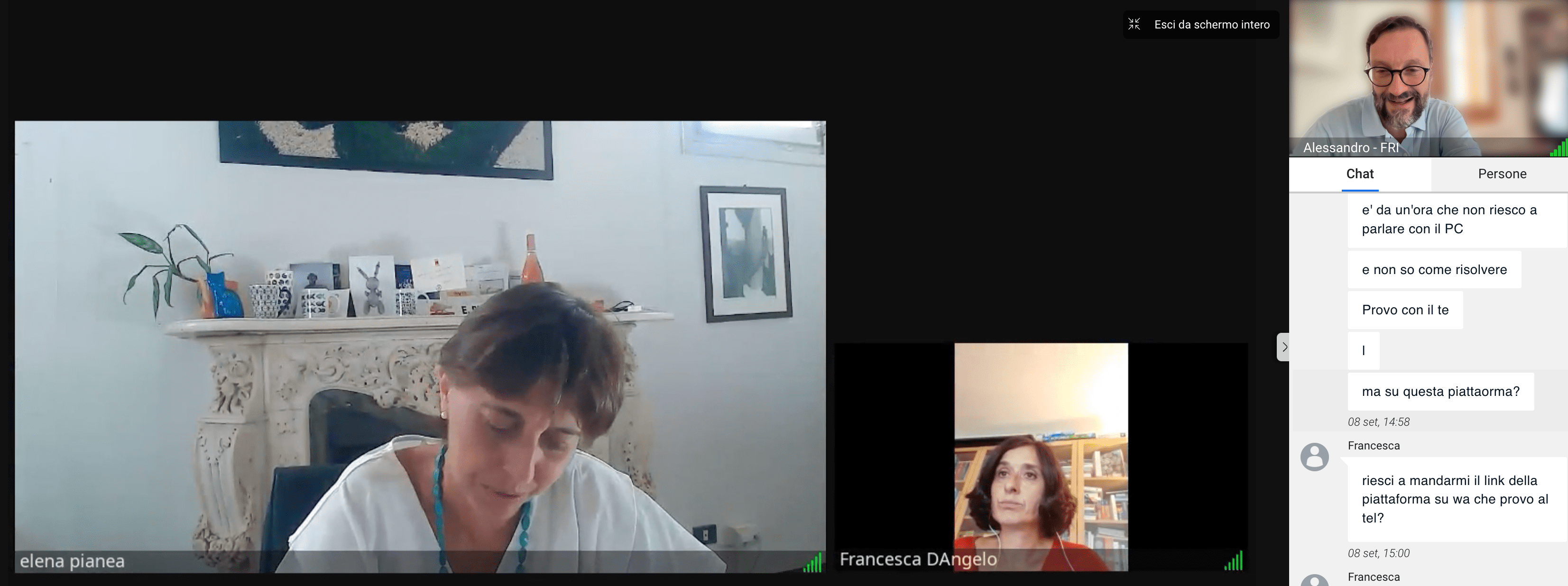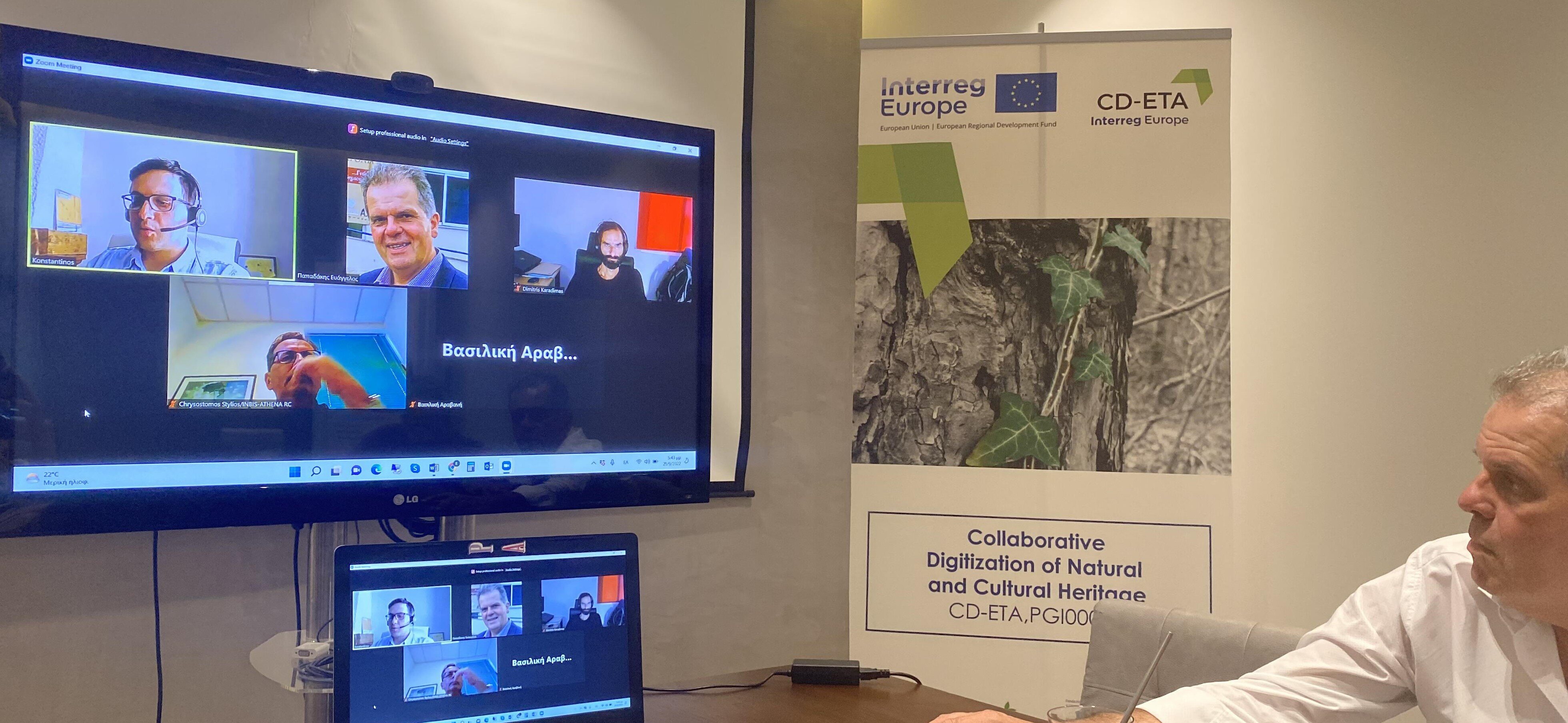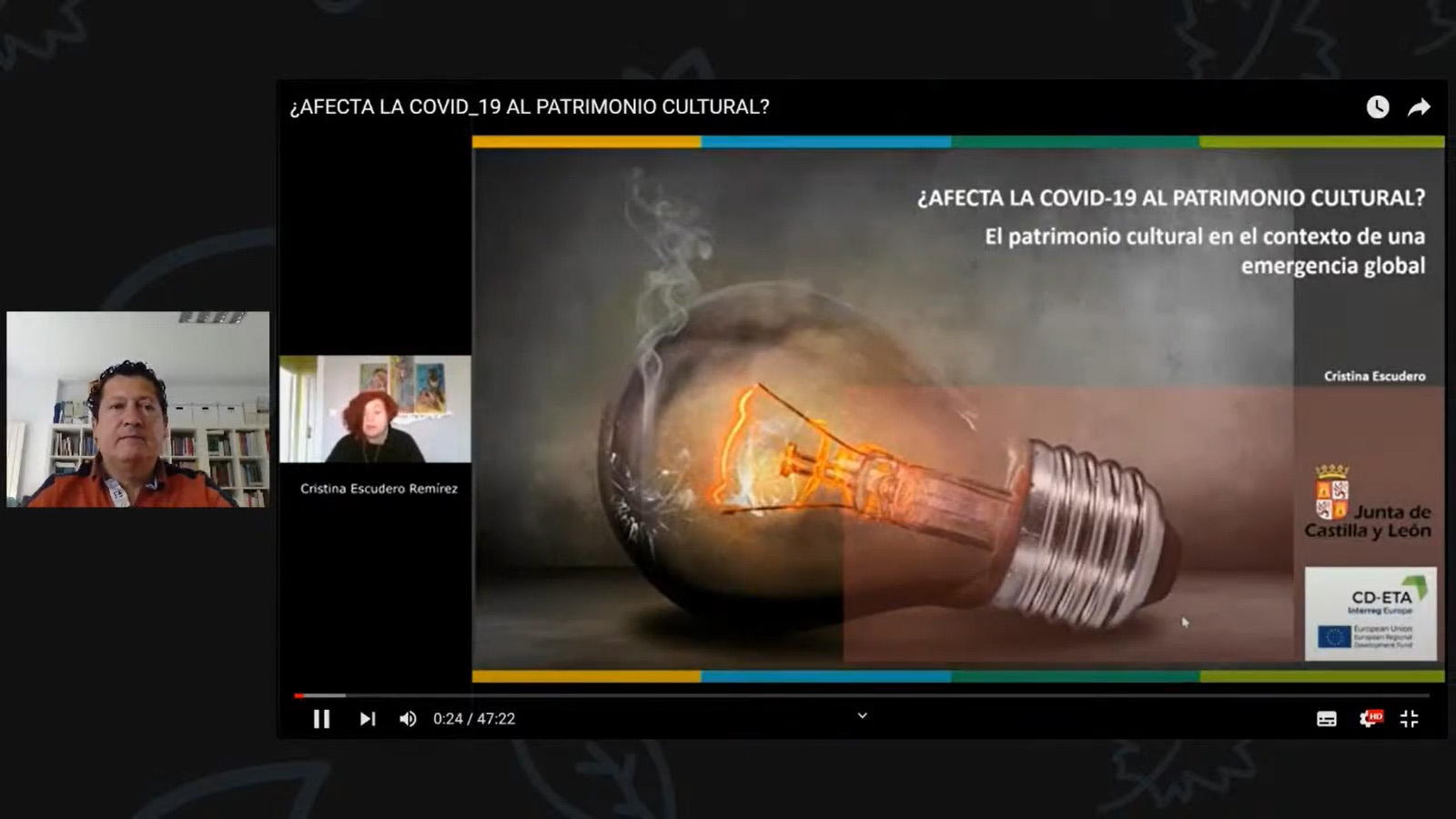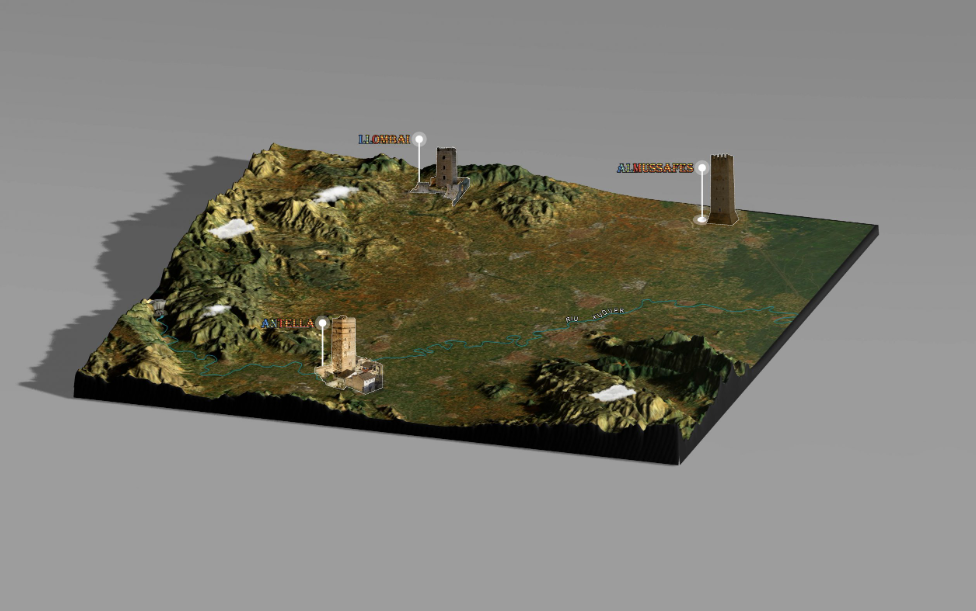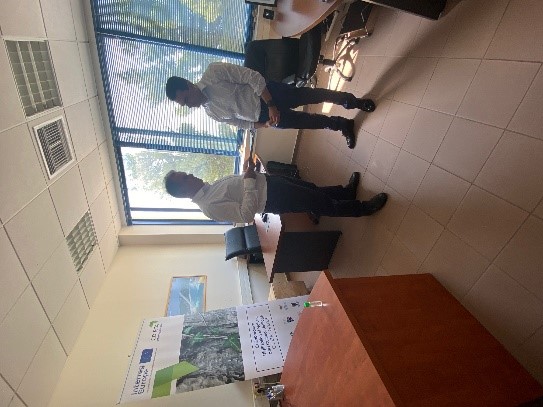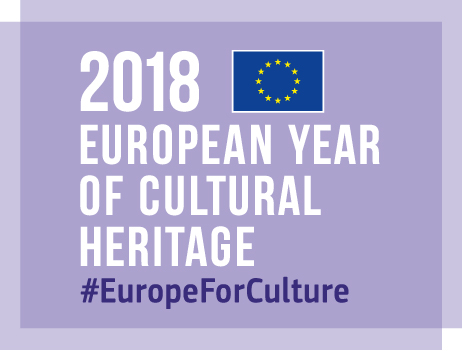BSC Kranj, Regional Development Agency of Gorenjska, held a Stakeholder group meeting on 23 May 2018 in Kranj. Thirteen participants, representatives of museums, Ministry of culture, municipalities, Institute for the Protection of Cultural Heritage and Regional Development Agency of Gorenjska, BSC Kranj and two private entities, attended the meeting.
At the regional stakeholder group meeting we reviewed the content of the 4th thematic seminar “Digitization of monuments and archaeological sites” which was held in Greece (Athens and Patras) from 13 till 15 March 2018, best practices presented in Greece and the conclusions made at the end of the thematic seminar. Together, we overviewed the project timeline, upcoming seminars and the preparation of regional action plan. We discussed the programme and attendance at the forthcoming meeting of CD-ETA, the 5th Thematic Seminar on “Digitization of libraries and archives” which to be held in Spain (Valladolid) from 18 till 21 March 2018.
The main additional topic of the regional stakeholder meeting was presentation of modern technologies used in the field of heritage, namely:
- scanning and 3D printing of objects, presentation of practical examples in the field of heritage and
- terrestrial laser scanning and monitoring, presentation of practical examples in the field of heritage.
Advanced modern technologies are increasingly being used in study, research, preservation, presentation and promotion of heritage. Andrej Žužek and Aleš Lazar presented some practical examples of using terrestrial laser scanning, laser scanning of objects and 3D printing. A 3D scanner is a device that analyses a real-world object or environment to collect data on its shape and possibly its appearance. The collected data can then be used to construct digital three-dimensional models. Collected 3D data is useful for a wide variety of applications. These devices are used by the entertainment industry, industrial design, orthotics and prosthetics, reverse engineering and prototyping, quality control/inspection and also in the digitization of cultural artefacts. The experts presented how the replicas of small objects (replicas of the oldest flute in the world - the Neandertal's flute, the golden embroidery from Bled, etc.) are made and how very detailed measurements of buildings or archaeological sites make it possible to use advanced technology (the example of a farm mansion in Gorenjska region, archaeological site of villa rustica in Mošnje, ...). Modern technologies bring many new possibilities also in the field of presentation and accessibility of heritage to people with special needs.
